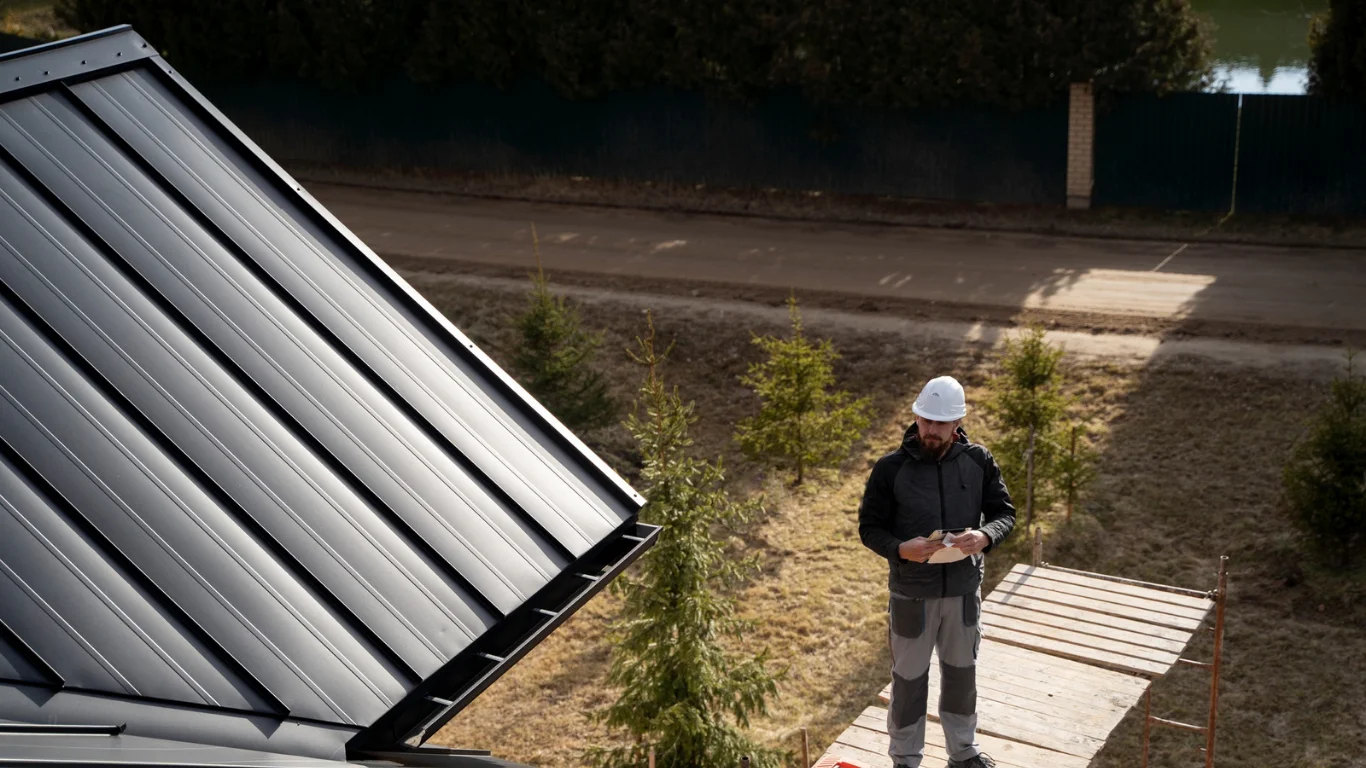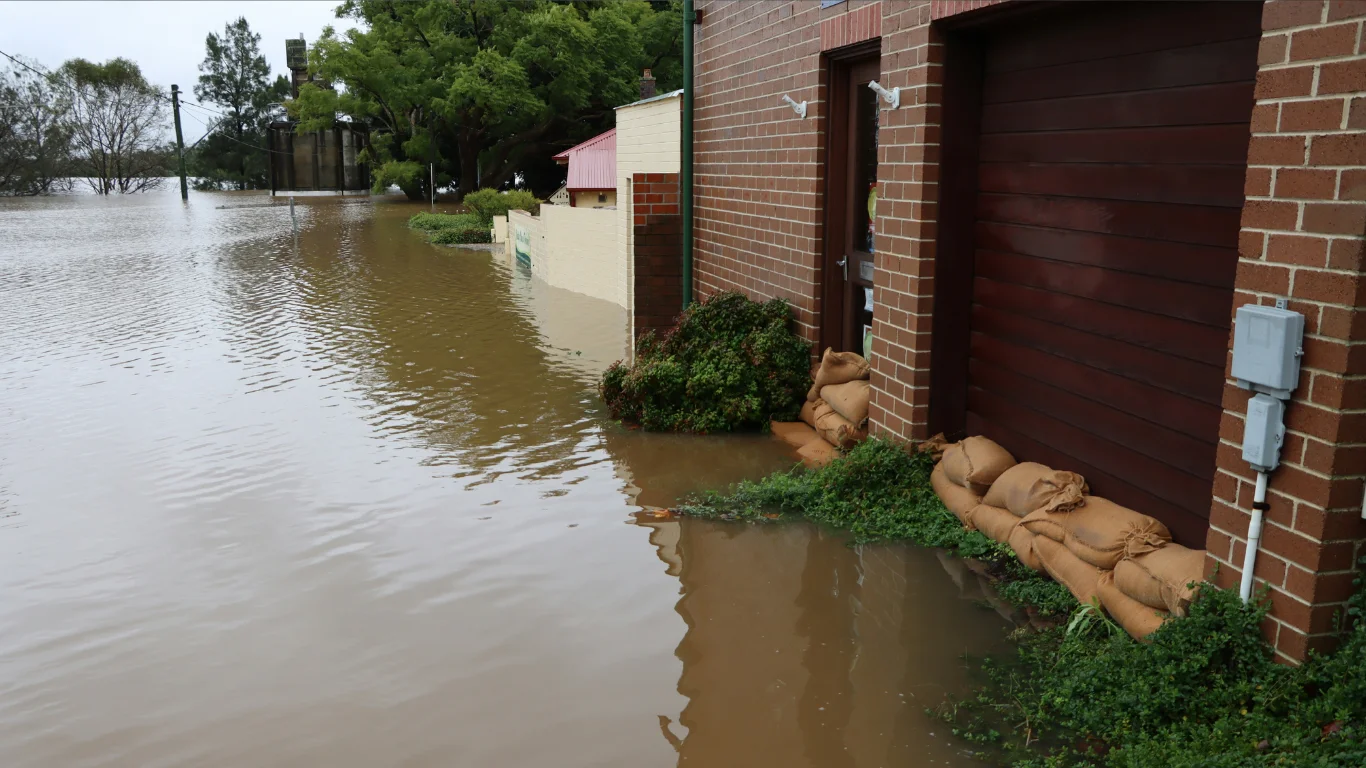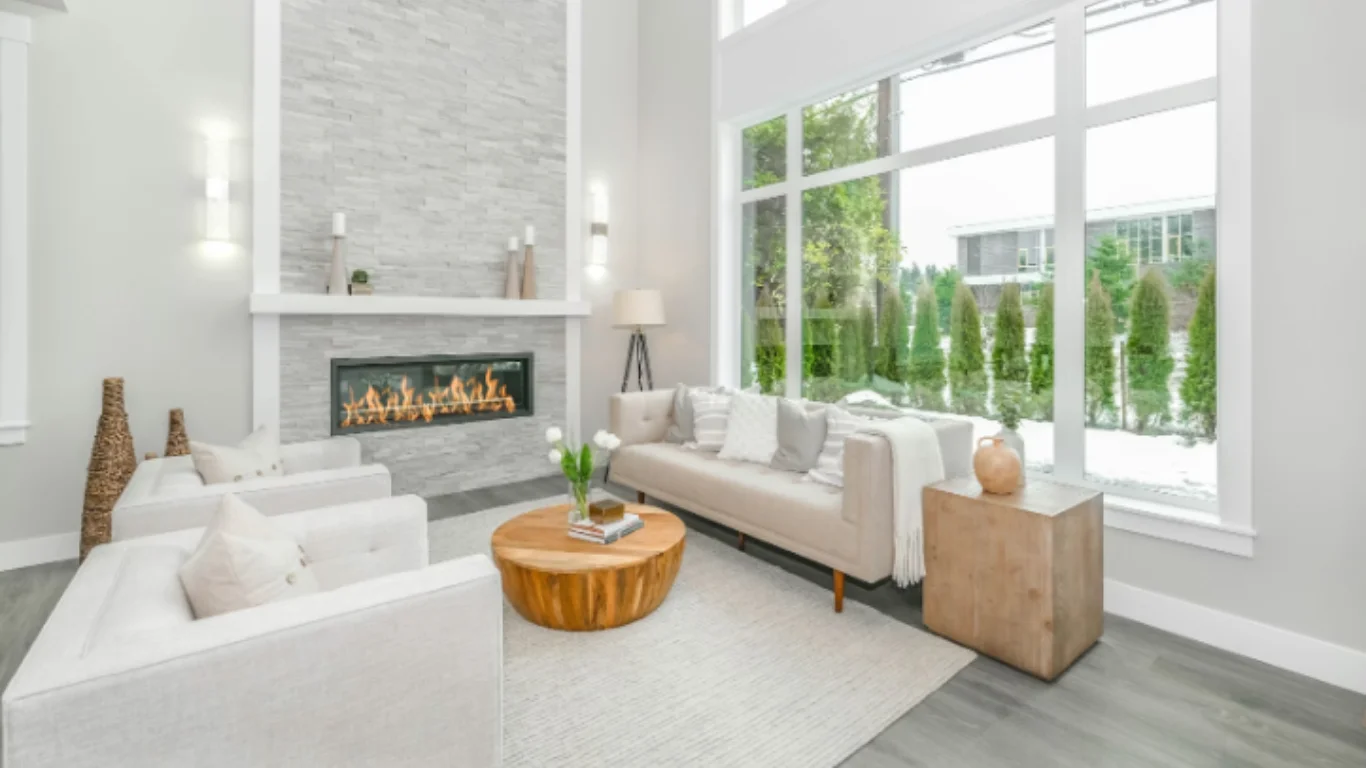Egypt faces many challenges in gardening due to its unfertilized land and very hot climate. Water shortage is one of the biggest problems there. Most of Egypt depends on the Nile for water and this causes pressure on the country’s water resources. But the efforts to preserve plant diversity have been remarkable. Kitchener’s Island in the Nile at Aswan stands out as a successful botanical garden. This site exemplifies how human dedication can thrive alongside natural beauty in a dry environment and offers valuable insights into modern gardening solutions in Egypt.
Egypt’s Harsh Gardening vs Kitchener’s Island
In the following section, we will discuss how the environmental challenges faced across Egypt contrast sharply with the successful botanical development seen on Kitchener’s Island.
Gardening in Egypt
Gardening in Egypt faces significant challenges because of its climate and lack of rainfall and the soil away from the Nile is poor and makes planting more tough. Water scarcity and dependence on the Nile increase competition for resources. Over irrigation causes salty soil that affects plant and flower growth. High temperatures and desert winds make gardening more challenging.
However Kitchener’s Island in Aswan is a good example of successful gardening that works with smart planning and careful choice of plants. It shows that gardens can grow even in Egypt’s hard and dry conditions.
Climate Challenge in Egypt
Egypt faces tough climate conditions that make gardening very difficult. The factors below show the main challenges that affect plant growth in Egypt.
Factors Affecting Gardening in Egypt
There are different factors that have become the key of effect for gardening in Egypt and are more serious for gardeners to grow plants in those conditions. Here are key factors that make gardening difficult in Egypt.
Harsh Weather
Egypt has very dry weather with almost no rainfall. It has a very hot climate due to which strong heat dries the soil and makes the soil hard, affecting the plants to grow. As most of the plants can’t grow without proper care and watering, it is a serious factor.
Desert Winds Affect Gardening
Strong desert winds blow sand and dust that destroy young plants. It dries out the soil and makes it harder for gardens to stay green, many plants also get destroyed due to it.
Water Problem
Egypt faces a serious water problem because most of its supply comes from rivers, so the reason for most plants to wither due to shortage of water. The limited water must be shared for farming and gardening which makes it hard to grow plants which is a critical issue to Egypt nowadays.
Struggle for Fertile Soil
Egypt’s land has dry and poor soil that cannot support many plants as the plants need nutrients to grow and process their photosynthesis process. People must add natural materials along with nutrients to make the soil fertile.
Lessons from Nature and Kitchener’s Island
Kitchener’s Island teaches that even in a hot and dry country, green life is possible with care and planning. Nature shows that choosing the right plants and using water wisely can help Egypt grow more green space.
Kitchener’s Island: A Model of Green Success
Kitchener’s Island is also called the Aswan Botanical Garden. It is a great example of how plants can grow in a dry place like Egypt. It proves that green spaces can thrive in hot temperatures if they are properly maintained. Kitchener’s Island is peaceful and beautiful because of the variety of flowers and trees. It shows how arid soil can be transformed into a green space with effort. It is a calm place where you can enjoy nature and learn about plants that live in hot weather.
Key Factors Of Kitchener’s Island’s Green Success
Kitchener’s Island is successful because of several important factors. The points below show the main reasons why this island stays green and healthy all time.
- Smart Use of Nile Water: The island uses water from the Nile in a careful and balanced way that keeps the plants healthy.
- Good Plant Selection: Choose those plants that can live in hot and dry weather that are grown on the island like a desert ecosystem plant.
- Regular Care and Maintenance: As everything needs care and maintenance for its proper growth, the garden is cleaned and cared for which helps plants green and healthy.
- Rich and Prepared Soil: The soil is improved with natural materials to help plants grow better.
- Peaceful Natural Location: The island is away from the city which helps plants grow in a clean and calm environment.
- Educational and Research Efforts: Many people study the plants here to learn new ways of growing gardens in dry areas.
Conclusion
Gardening in Egypt is challenging because the weather is very hot and the soil is dry with shortage of water. Kitchener’s Island shows that success is possible through planning and hard work. The island proves that green areas can live in tough conditions with short water use and good plant care. It also shows the value of learning and effort in protecting nature. Egypt can follow this example to grow more green spaces and make the country more beautiful and healthy.
FAQs
Why is water a big issue in Egypt?
Because most of Egypt depends on the Nile River for water.
What types of plants grow well in Egypt?
Plants that can survive in very heat and dry weather like palm trees and desert shrubs.
What is the Aswan Botanical Garden?
It is another name of Kitchener’s Island and also known for its rich plant life.
What makes Kitchener’s Island special?
It is a green botanical garden that stays fresh even in Egypt’s dry and hot climate.
How do people improve the soil in Egypt?
By adding natural materials and nutrients to make it more fertile.
What lesson does Kitchener’s Island teach?
Green life is possible in hot areas with proper care and planning.







